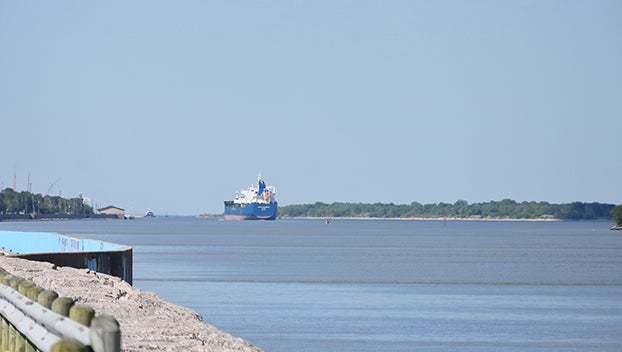MOORE OUTDOORS: Try these tips for local fall flounder
Published 12:43 am Sunday, October 30, 2016

- Big flounder are not easy to catch but following these simple tips can help you score on what locals calls a Sabine “Saddle Blanket”. (Chester Moore Jr./Special to The News)
The fall flounder run is set to kick into high gear in Sabine Lake, the Sabine-Neches Waterway, Lake Calcasieu and in the Galveston Bay complex.
Flounder are already starting to trickle from the marsh down into the channel and out toward the Gulf of Mexico.
There has not been any big movements but migrations always start slowly. We need a “blue norther” to blow through and kick it into high gear.
Catching flounder in local waters during the fall run can be fairly easily if you know where to go but catching big flounder is always a challenge.
I have uncovered some tips for catching really big flounder that has paid off well and this week I would like to share them with you.
• Think Small: Big flounder can eat bigger fish than smaller ones but they often do not. Unlike speckled trout, which start seeking out bigger baitfish than their smaller counterparts do, flounder are opportunists that eat what is presented them and typically just keeping eating more of the same size prey.
• Go Deep: The biggest flounder tend to hang out in close proximity to deep water. Target a large percentage of efforts toward deep-water access points in ship channels and in areas where passes and channels intersect with bays. This is true year-round.
• Territory: Tagging studies have shown flounder are at least semi-territorial and this author believes they stay in a small area throughout their tenure in the bays. Before that big northern hit keep this in mind. If you have lost a big flounder in a certain spot keeping going back there. Chances are the fish is still close by.
• When the run begins this changes but keep this in mind: If you miss a flounder at the boat, throw right back to where you last saw it. That fish has probably not moved very far. I have done this on numerous occasions.
• Strikes: Do not think the biggest flounder will hit the hardest. Actually, many times the biggest fish hit the lightest because their mouths are large enough to take in a bait. The flounder’s throat is not large enough however to easily swallow a big baitfish so give any flounder 15-20 seconds when you are purposely seeking out the big ones and do not ignore what seem like tiny taps. That might be the next state record.
• Line Shy: All flounder are line shy when the water is clear but big flounder are super line shy. Always use fluorocarbon leaders or pure fluorocarbon line is you can see more than about 18 inches in the water when in pursuit of monster flatfish.
• Chumming: If you are fishing deep water where you have shallow flowing to deep or into a tidal marsh pool you cannot reach consider chumming. It is possible to bring flounder to you and in areas where their numbers are not necessarily high this can be an advantage.
Flounder have large olfactory glands that allow them to smell so give chumming a try and see if you can bring in the big ones.
•
To contact Chester Moore, email him at chester@kingdomzoo.com You can hear him on “Moore Outdoors” Fridays from 6-7 p.m. on Newstalk AM 560 KLVI or online at www.klvi.com.





